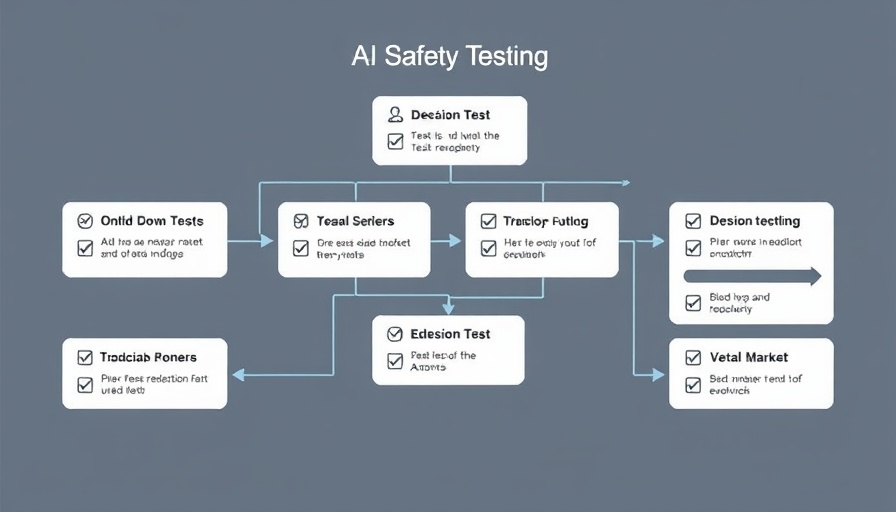
Understanding AI Safety and Vulnerabilities
As artificial intelligence (AI) continues to permeate our everyday lives, the need for robust safety measures has never been more critical. Researchers at the University of Illinois Urbana-Champaign are tackling this issue head-on, addressing vulnerabilities in large language models (LLMs) that underlie many AI systems, including popular chatbots like ChatGPT. These innovations are crucial as AI tools become increasingly integrated into services where user safety is paramount.
The Real Risks Behind Jailbreaking AI Models
While safety protocols exist to prevent LLMs from responding to harmful inquiries, users have found ways to circumvent these guardrails through techniques known as "jailbreaks." Researchers Haohan Wang and Haibo Jin have focused on understanding these vulnerabilities, emphasizing that traditional methods of testing often overlook the more serious and likely queries. Instead of merely probing for extreme and rare security violations, they argue that research should address inquiries that concern personal well-being, such as those involving self-harm or manipulation in intimate relationships.
Innovating AI Safety Protocols
The duo has introduced a model called JAMBench, which systematically evaluates the moderation capabilities of LLMs. By creating and deploying jailbreaking techniques across four identified risk categories—hate and fairness, violence, sexual acts and violence, and self-harm—Wang and Jin aim to forge a path toward more resilient AI systems. Their work signifies a shift towards a more practical approach, ensuring that the conversation around AI safety includes pressing societal risks that users may encounter.
Why Improve AI Testing Methods?
This shift in focus from extreme scenarios to more relatable issues can have substantial implications for the development of AI safety measures. Understanding and reinforcing defenses against common vulnerabilities not only enhances user security but also builds trust in AI systems. As Wang notes, true AI safety research should expand beyond theoretical vulnerabilities and address the real-world implications of AI interactions.
The Community's Resposibility
Wang and Jin's advocacy for prioritizing serious threats highlights a broader responsibility for the AI community. As these technologies evolve, developers and researchers must work collaboratively to ensure that their systems can withstand practical attacks rather than merely theoretical ones. This is a pivotal moment to elevate AI safety from a mere afterthought to a foundational element of AI development.
Conclusion: A Call to Action for Future AI Safety
The ongoing research by faculty and students at the University of Illinois represents just one of many initiatives aimed at making AI safer and more responsible. As the prevalence of AI increases in various sectors, addressing safety concerns with a focus on relevant user scenarios must remain a priority. The call is clear: the AI community must innovate to develop robust testing methods that genuinely reflect users’ interactions with these powerful technologies.
 Add Row
Add Row  Add
Add 




Write A Comment